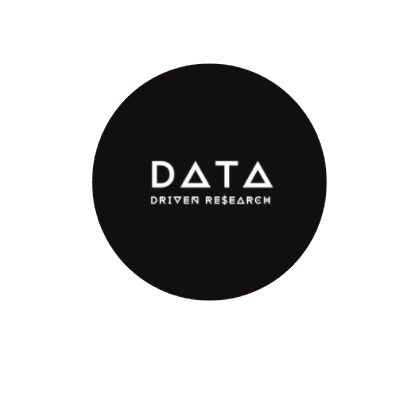Machine Learning comprises a set of cutting edge computational tools for data-driven decision making. While machine learning has been widely adopted in industry, it has yet to become a staple of institutional research. Machine learning model predicts retention rate, graduation rate, and years needed to graduate to demonstrate that machine learning can provide insight into important issues in higher education. The model predicts the likelihood a student will drop out, graduate, or graduate in how many years with around 85% accuracy. The predictive strength of the model, especially in regards to retention and graduation, yields a powerful tool for both assessing and developing interventions to improve student success.


Using Neural Network and Logistic Regression Model, we can iteratively combine features such as age, gender, ethnicity, students with military status, and students admitted with transferred units to see which factor(s) will yield the best prediction rate.
